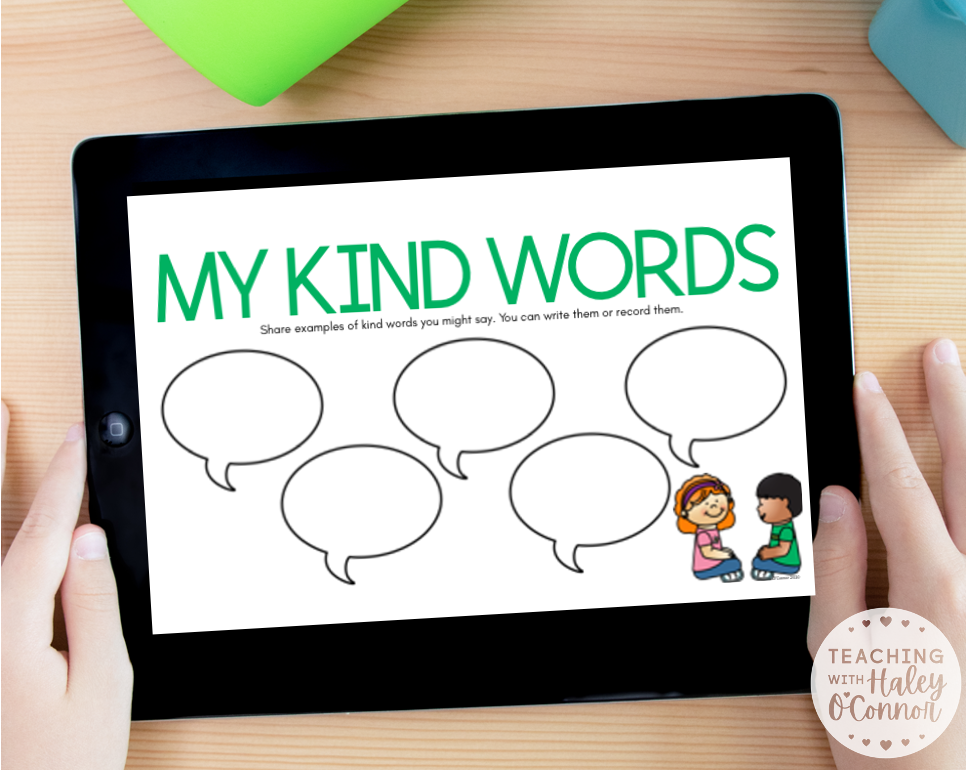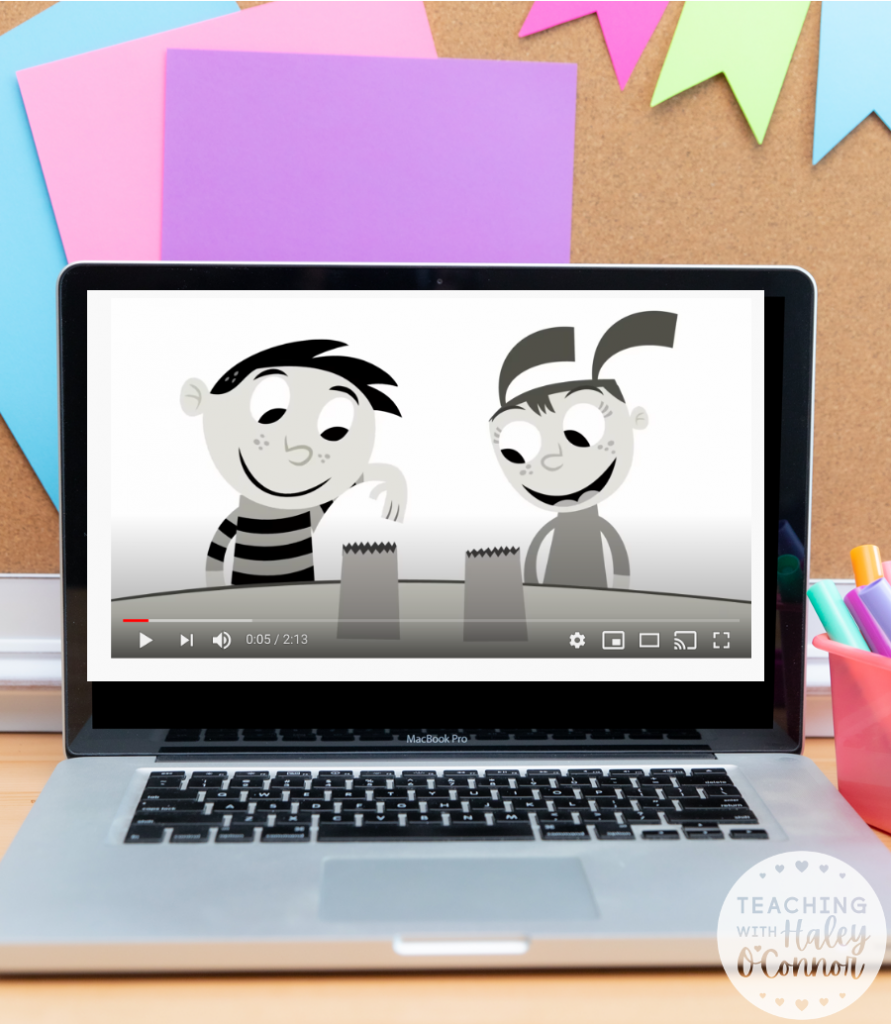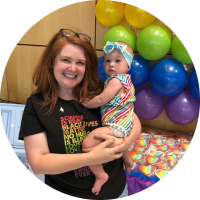Teaching Social-Emotional Skills Digitally
Sometimes I wake up and feel like I’m dreaming…or maybe having a nightmare. I never imaged we would be trying to build relationships and teach social skills through a computer screen. It’s difficult to teach math online…and guided reading is even more challenging. But tackling social-emotional learning is a “whole new monster.” We use our body language, tone of voice, role-playing, and class meetings for so much of our SEL instruction. It’s HARD through a computer.
That’s why I have been slowly updating all of my Social-Emotional Lessons into digital activities. You’ll still have the printable lesson plans writing pages and crafts, but now you can share activities online with your students. It’s much easier when you have the tools readily available. Having effective and engaging activities ready to go means you can spend your time doing what’s most important…connecting with students. Click here to find the perfect lesson for your class this week!
I wanted to use this blog post to show you how you can still have powerful SEL lessons…even online! We’ll walk through each step and I’ll share a few photos along the way. I hope this is helpful to you! If you have extra questions, don’t forget you can always reach me at haley@teachingwithhaley.com. I love to work together to make your classroom community even stronger!
1. Host a class meeting and introduce the concept. I love using Zoom, but there are other platforms like Google Meet. For this part, especially, I would make sure you have at least a small group of students. Sending out pre-recorded videos can be effective for most things, but these lessons are most powerful when you use them in a classroom discussion. I love watching videos together and then coming back together and share our thinking.
2. Allow students to share their thinking with their classmates. I would definitely prefer to do this on the web conference, but you could also have them send their answers in and share them out.
3. Share the activities. After students feel comfortable with the concept, they can complete some of the digital activities. I wouldn’t overload them…1 or 2 a day is more than enough. (This lesson is part of the Kindness unit. Click here to grab your copy.)

4. Share student work. If you’re using Google Classroom, it’s super easy to get student work turned in. Seesaw makes it very easy too! After you’ve gotten some completed work, share it out with your class. You could do this in a class meeting or even as a note. I always make sure to ask a student if they’re ok with me sharing their thinking!
5. Continue the conversation. As you meet with students, send notes, and share activities, don’t forget to bring these topics back up again. Your students would love to see their work hanging behind you when you meet as class. Just like you would do in your classroom, as you notice your students need extra support and instruction you can remind them about the class discussions.
6. Make SEL lessons a part of your weekly schedule, expectations etc. Each school and district is doing things differently. Teachers have reached out saying they send all of their work at the beginning of the week for students to complete. Some schools are having teachers meet all day every day. No matter how you set it up, build it in your lesson plans and calendar. That ensures you won’t forget or run out of time for it. Social-emotional learning has never been as important as it is right now. Make time for it…you won’t regret it. ?
7. Connect with other teachers. Let me tell you, I have never felt as isolated as I do this year. I would love more than anything to sit in a room with you. For most of us, though, that’s not an option. That’s why I’m building a community of like-minded teachers to share our frustrations, success, and questions. Head over to my Facebook group where we spend a lot of time talking about social-emotional lessons, classroom community and relationships. Not sure how to build these activities into your digital learning? Feeling frustrated that parents aren’t taking them seriously? Thrilled with how a lesson went? Let’s share it all!
8. Pat yourself on the back for all that you’re doing for students. Your students don’t need a perfect teacher. They need a teacher that cares deeply about them and prioritizes their minds and hearts.
? Haley

